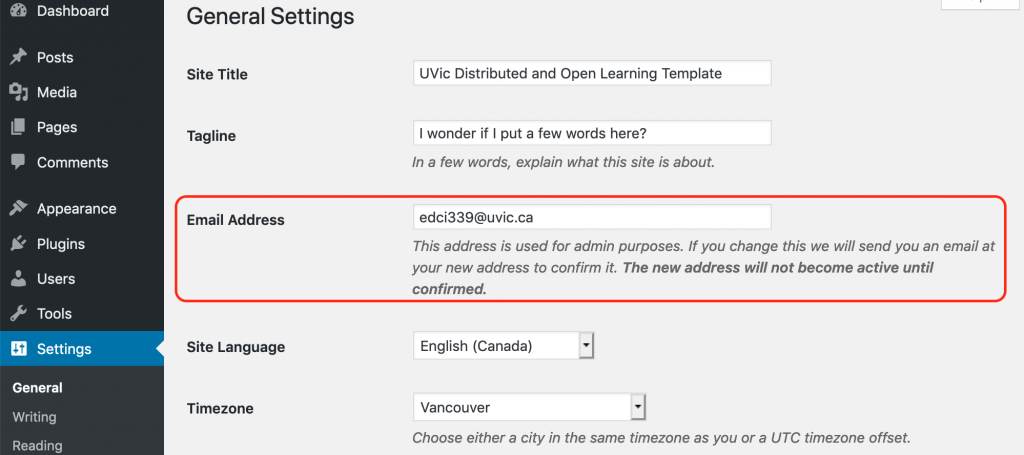Introduction
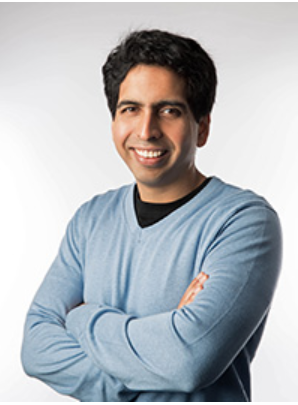
Last summer, I wrote the Medical College Admissions Test (MCAT). MCAT scores are used in the medical school application process across North America. The test covers a multitude of subjects from biochemistry and biology to sociology and reading comprehension. To study for this standardized test, I used a wide range of resources including online videos, in-class lessons, and plenty of textbooks. Out of all the resources I used, Khan Academy was the most useful. Khan Academy has a series of videos specifically designed to prepare students for the MCAT. All Khan Academy content is available to learners 100% free of charge, thus making it an open and distributed platform for all learners. The creator, Sal Khan manages to teach complicated lessons in brief, animated videos. According to one article by Clive Thompson, Khan Academy is “changing the rules of education” (Thompson, 2011). Khan Academy videos have many strengths and I can attest to their efficacy. However, through EDCI339, I have learned about the boundless possibilities of online open and distributed education. Because of this recently acquired knowledge, I now understand Khan Academy’s strengths and weaknesses in terms of EDCI339 topics including effective practices in distributed and open learning, the role of technology in education, and inclusive learning design. We explored these topics during weeks six, nine, and ten, respectively.
Strengths
Khan Academy’s strengths include clear and concise video communication, interactive content and media richness. While reading about effective practices in EDCI339, I learned about the forms of communication and interaction. Clear communication is the foundation of effective education (Warren & Wakefield, 2012). According to the Learning and Teaching as Communicative Actions (LTCA) theory, strategic communicative actions occur when concrete knowledge is transferred to the learner (Warren & Wakefield, 2012). Within the context of Khan Academy, these communicative actions occur mainly through student-content interaction as learners watch the educational videos. Khan Academy also offers student-interface interaction with their interactive gaming option. Users can collect points by answering practice questions. According to one report by Lorenzo and Moore, this shift from passive content consumption to active learner engagement is a key pillar of successful online education (Lorenzo & Moore, 2002). In my opinion, my learning was enhanced most by the media richness used in Khan Academy videos. The videos use simple drawings and colour-coded detail. The corresponding audio stimulates the learner’s ear with additional information. By combining clear visual and auditory information, Sal creates an immersive learning experience that effectively teaches complicated topics in ten minutes or less. In 2011, Sal Khan performed a TED Talk on the power of video as an educational tool. The video is embedded below:
Weaknesses
Within the scope of effective practices and the role of technology in education, Khan Academy is limited by its lack of communicative media, synchronous learning, and humanized delivery. Khan Academy relies solely on broadcast media; the videos transfer knowledge to the learner, but the learner cannot communicate with Sal or any of the other tutors. As a result, I had no opportunity to ask questions or receive personalized guidance from the Khan Academy team. My experience with Khan Academy was entirely asynchronous since Sal’s team does not offer live streaming, online office hours or video chats. Given the unidirectional communication and lack of synchronous interaction, my learning experience did not feel “humanized.” According to one study by Dr. Rebecca Cox-Davenport, humanization is a crucial step in enhancing online learning by establishing a social presence as an educator (Cox-Davenport, 2013). To be fair to Sal, these weaknesses are excusable given Khan Academy’s global reach; thorough student-teacher communication, synchronous interaction, and humanized connection are unrealistic with millions of learners. Personally, when I was studying for the MCAT, Khan Academy was exactly what I needed. The online videos allowed me to enrich my learning experience as I read textbooks and attended MCAT review classes.

Khan Academy met my needs as I studied for the MCAT. However, many learners have unique needs that may not be met by traditional online educational platforms. In EDCI339, we recently studied inclusive learning design. With my new insight, I recognize accessibility as Khan academy’s most significant drawback. By exploring floeproject.org and the FLOE Project Design Handbook, I recently learned about online educational platforms that use a one-size-fits-one model. FLOE resources offer user interface options so users can customize the text style, text size, line spacing, and visible contrast. Users can also add a table of contents to each page or enhance the inputs. A screenshot of these user interface options is included above. Inspired by FLOE’s philosophies, I decided to do my own research on Khan Academy’s accessibility customization options. However, the Khan Academy website does not offer these user interface options. According to the FLOE page about accessible video learning, a truly accessible video platform must offer the following options: purely visual experiences for the hearing impaired, purely auditory experiences for the vision impaired, and language localization for learners who speak other languages (Treviranus, Mitchell, & Clark, n.d.). Khan academy successfully fulfilled approximately one and a half of these criteria. To achieve a purely visual learning experience, Khan academy offers subtitles and transcripts for all videos. However, a purely auditory experience is simply not an option. According to Khan Academy’s page on accessibility, learners with low vision have the option to use a reduce-motion feature if they are sensitive to animation. Alternatively, learners can view the videos in black and white or “hide visually-dependent content” (Khan Academy, 2020). Intrigued, I decided to investigate how Khan Academy teaches without visually-dependent content. I adjusted my settings accordingly and re-saved my profile to change my learning experience. However, there was no noticeable difference. The videos were still presented in the same fashion and quickly, I noticed accessibility barriers. To illustrate these barriers, I have included a screen shot below.
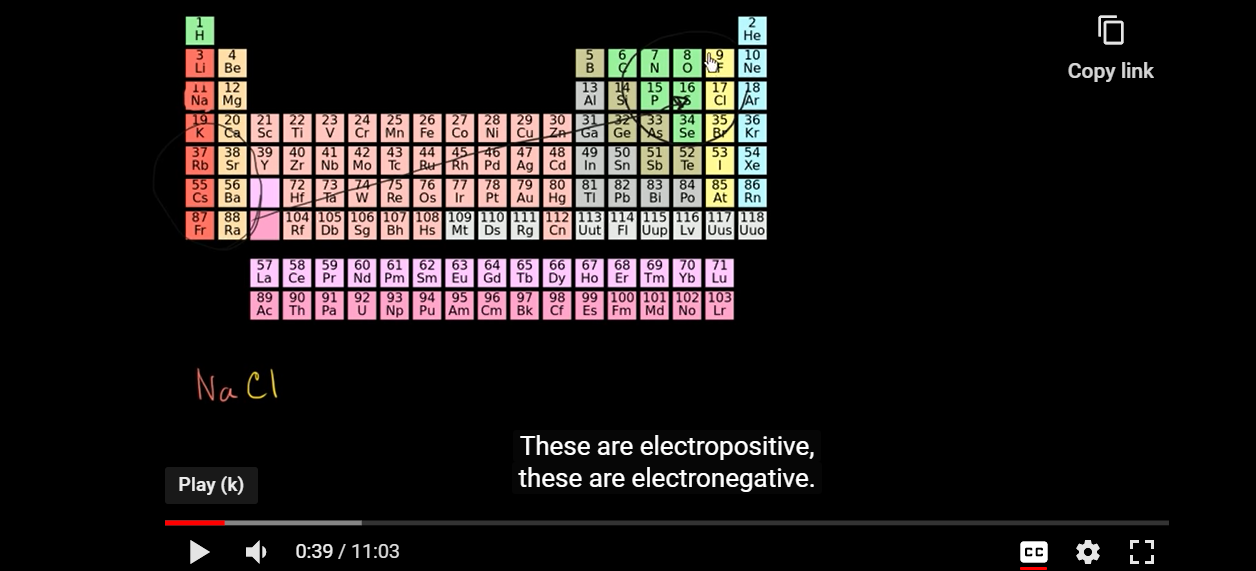
Here, Sal is teaching a chemistry concept by first describing elemental trends in the periodic table. He draws a black circle on the left side of the table, then another black circle on the right side of the table. He says “these are electropositive, these are electronegative.” However, the periodic table and circles are clear examples of visually-dependent content; a learner with impaired vision won’t understand what elements “these” refers to. For learners with a vision impairment, Khan Academy is not accessible unless they have external software that provides described video. As for language localization, Khan Academy offers limited options. The video featured above had subtitles offered in English, Korean, Portuguese, Thai, Bulgarian, and Czech. I applaud the Khan Academy team for extending their scope beyond English speakers. However, six languages is a relatively limited selection. I would like to pose the following question to the Khan Academy team: how can you upgrade your platform to be more accessible for all learners? I wonder what would be achieved if FLOE and Khan Academy formed a partnership.
A question for Khan Academy: How can you upgrade your platform to be more accessible for all learners?
Conclusion
Despite these gaps in accessibility, I have the utmost respect for Sal Khan and all that he has achieved. Next month, I will graduate from university with a chemistry degree. Over the years, I have met hundreds of other learners who have used Khan Academy to enhance their understanding in subjects spanning from the elementary school curriculum to university courses. Sal’s signature black background and colourful diagrams have become a staple of online education for my generation. Best of all, Khan Academy is open, distributed, and 100% free of charge.
Featured image attribution: The featured image for this post is from Khanacademy.org
References
Cox-Davenport, R. A. (2013). A Grounded Theory of Faculty’s Use of Humanization to Create Online Course Climate. Journal of Holistic Nursing, 32(1), 16–24. doi: 10.1177/0898010113499201
Khan Academy. (2020, January). How does Khan Academy make our content more accessible? Retrieved March 21, 2020, from https://khanacademy.zendesk.com/hc/en-us/articles/360015623271-How-does-Khan-Academy-make-our-content-more-accessible-
Lorenzo, G., & Moore, J. (2002). The Sloan Consortium Report to the Nation: Five Pillars Of Quality Online Education. The Sloane Consortium. Retrieved from https://www.immagic.com/eLibrary/ARCHIVES/GENERAL/SLOANCUS/S021106L.pdf
Thompson, C. (2011, July 15). How Khan Academy Is Changing the Rules of Education. Retrieved March 20, 2020, from https://www.wired.com/2011/07/ff_khan/
Treviranus, J., Mitchell, J., & Clark, C. (n.d.). Floe Project: Inclusive Learning Design Handbook. Retrieved March 20, 2020, from https://handbook.floeproject.org/VideoContentAndLearning.html
Warren, S. J., & Wakefield, J. S. (2012). Learning and Teaching as Communicative Actions. Cases on Educational Technology Implementation for Facilitating Learning, 193–213. doi: 10.4018/978-1-4666-3676-7.ch012
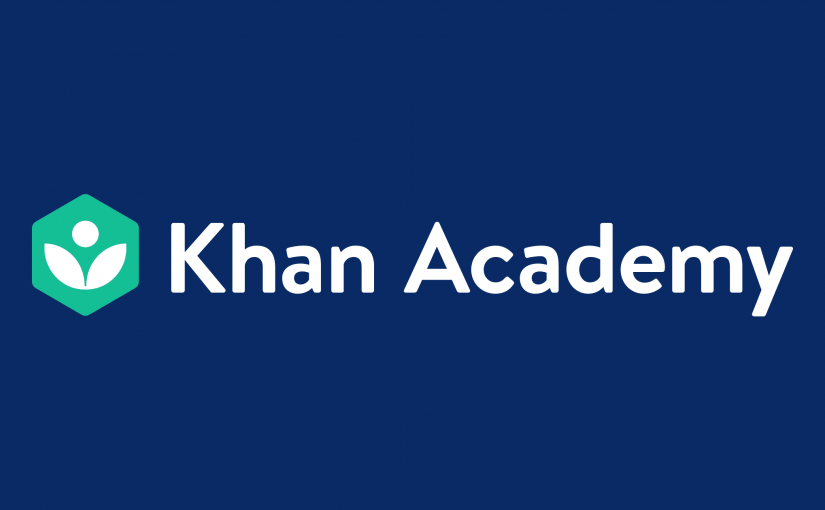
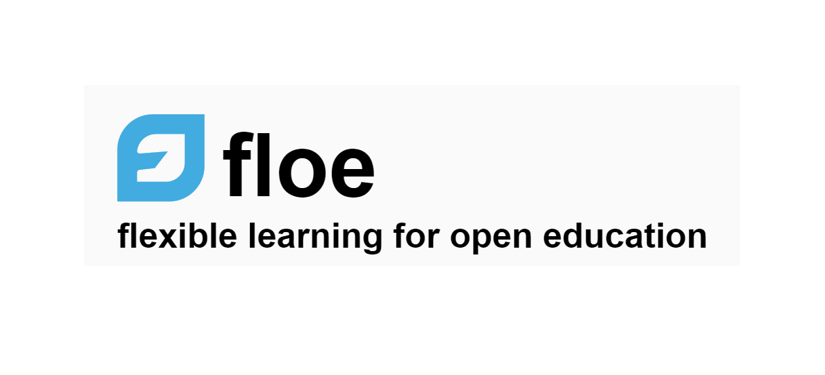
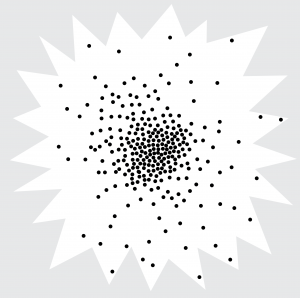

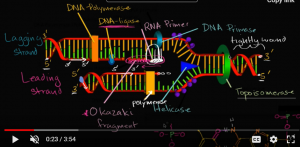

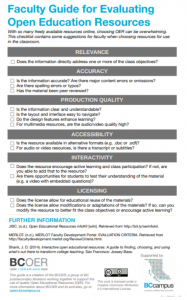 Please click
Please click 

